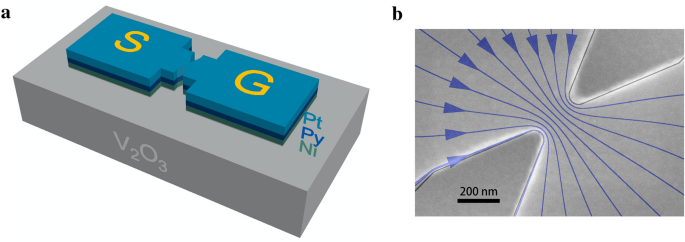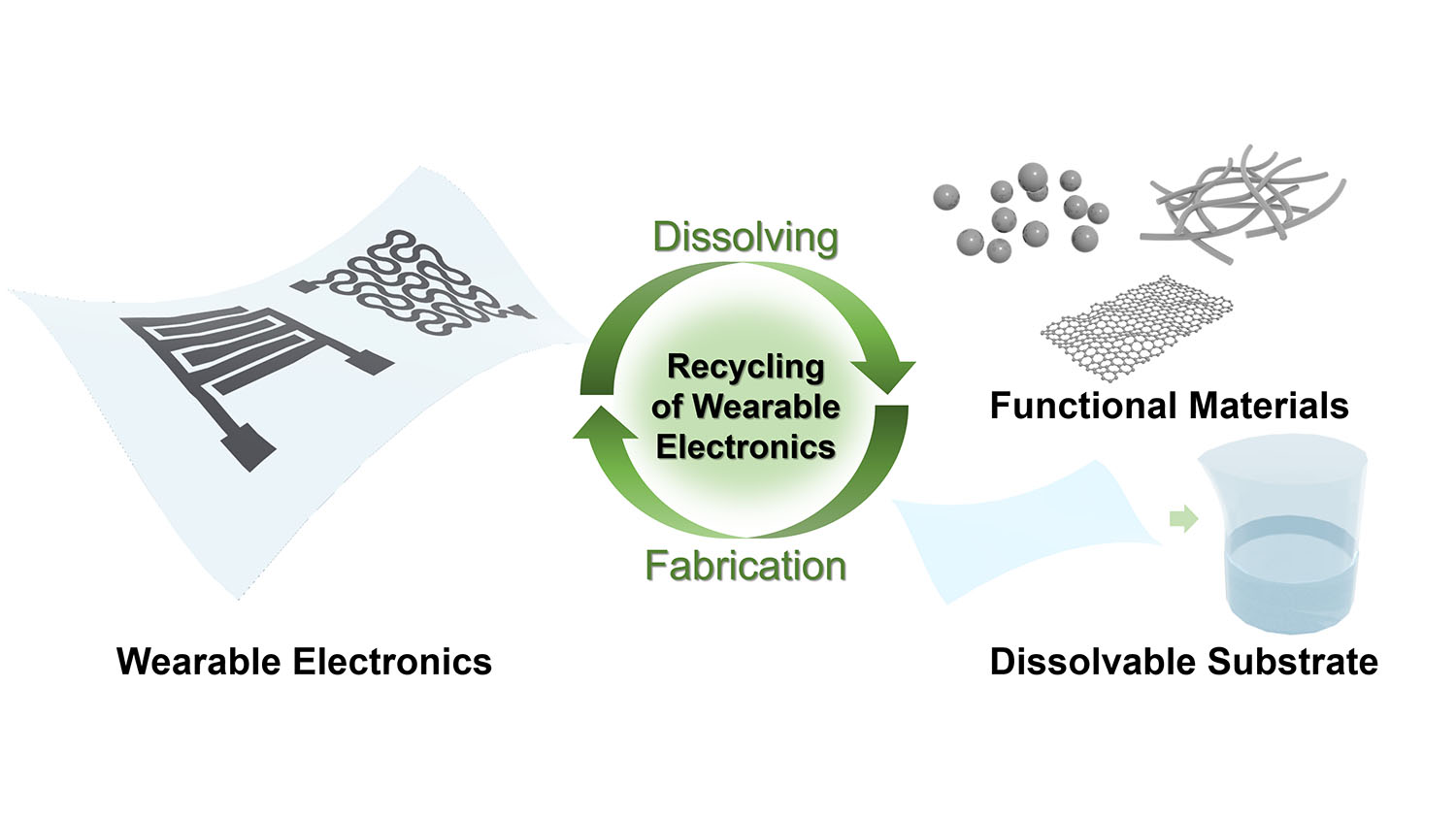2021-07-29 アメリカ合衆国・ニューヨーク大学 (NYU)

・ NYU、カリフォルニア大学サンディエゴ校およびパリ=サクレー大学が、量子材料とスピントロニクス磁気デバイスを組合せた、ナノ狭窄構造のスピントロニクスレゾネータを開発。
・ 新デバイスでは、人間の脳のシナプスやニューロンのような情報の記憶・処理が可能。従来のコンピューティング技術では不可能なアプローチを利用した、より効率的で革新的なデータ処理方法を提供するニューロモーフィック・コンピューティング分野での主要な進展を示す。
・ スピントロニックデバイスは、電子のスピンと電荷を利用して従来のアプローチよりも少ないエネルギーでより多量の情報処理を可能にする電子機器。このようなデバイスとして幅広く利用されるスピントルク発振器に遷移金属酸化物の量子材料を組み合わせることで、これまで固定していた周波数の調整が可能となり、デバイスの適用性を大幅に拡大した。
・ 本研究は、米国エネルギー省(DOE)の基礎エネルギー科学室(BES)が実施する、エネルギーフロンティア研究センター(EFRC) Quantum Materials for Energy Efficient Neuromorphic Computing が支援し
た。
URL: https://www.nyu.edu/about/news-publications/news/2021/july/scientists-invent-a-new-information-storage-and-processing-devic.html
<NEDO海外技術情報より>
(関連情報)
Scientific Reports 掲載論文(フルテキスト)
A quantum material spintronic resonator
URL: https://www.nature.com/articles/s41598-021-93404-4
Abstract
In a spintronic resonator a radio-frequency signal excites spin dynamics that can be detected by the spin-diode effect. Such resonators are generally based on ferromagnetic metals and their responses to spin torques. New and richer functionalities can potentially be achieved with quantum materials, specifically with transition metal oxides that have phase transitions that can endow a spintronic resonator with hysteresis and memory. Here we present the spin torque ferromagnetic resonance characteristics of a hybrid metal-insulator-transition oxide/ ferromagnetic metal nanoconstriction. Our samples incorporate V2O3V2O3, with Ni, Permalloy (Ni80Fe20Ni80Fe20) and Pt layers patterned into a nanoconstriction geometry. The first order phase transition in V2O3V2O3 is shown to lead to systematic changes in the resonance response and hysteretic current control of the ferromagnetic resonance frequency. Further, the output signal can be systematically varied by locally changing the state of the V2O3V2O3 with a dc current. These results demonstrate new spintronic resonator functionalities of interest for neuromorphic computing.



